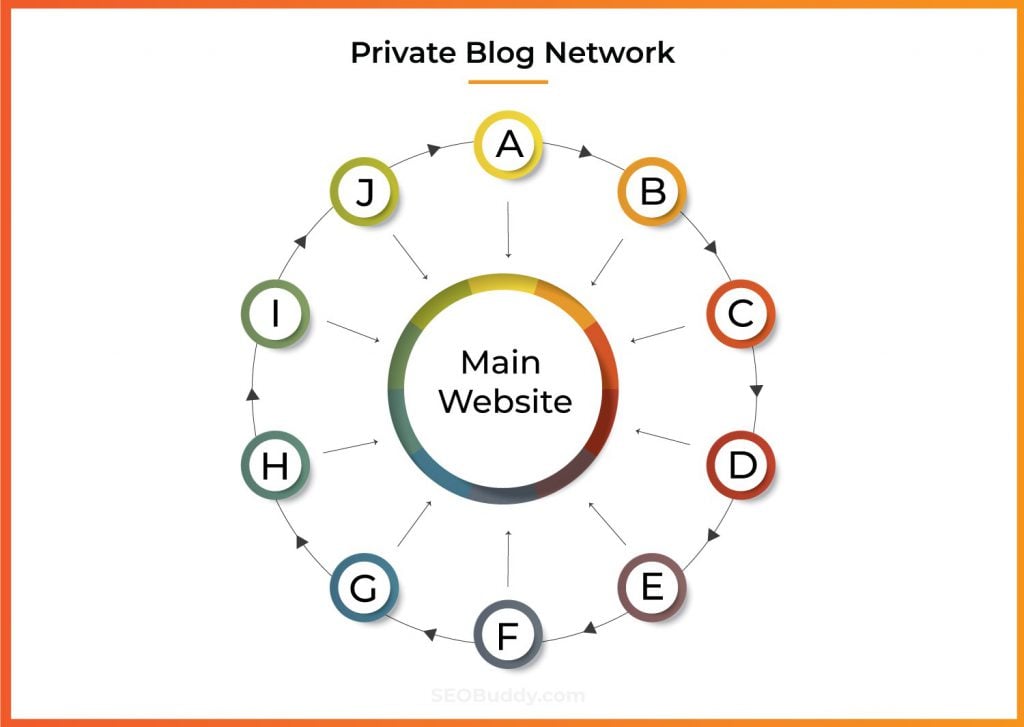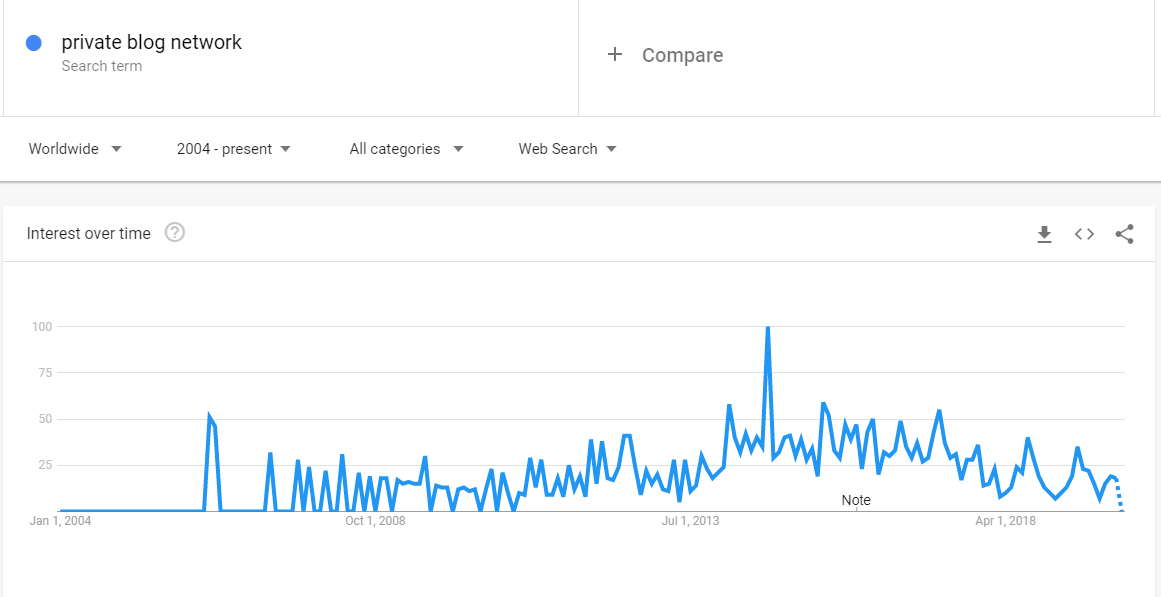All Categories
Featured
Table of Contents
- – Which Is The Leading Semantic Seo Company
- – Who Is The Most Reliable Semantic Seo Insights...
- – Who Is The Leading Advanced Semantic Seo Comp...
- – Whats The Most Popular Implementing Semantic ...
- – Whats The Top Improving Rankings With Semant...
- – A Top Semantic Search Engine Optimization
- – How Much Should I Pay For Semantic Seo?
The web is transforming, becoming an increasing number of semantic. Search engine optimization is also transforming and ending up being extra semantic. This is since internet search engine have actually advanced and are relocating more and more in the direction of checking out web content on the internet. Naturally, that has actually additionally transformed the way we produce web content, specifically if we wish to rank much better in the online search engine.
, the pioneer of the Web, mentioned to represent the concept that all points in deep space are deeply interconnected. Intertwingularity is not typically acknowledged, people maintain pretending they can make points deeply ordered, categorizable and sequential when they can't. Every little thing is deeply intertwingled. Based on the partnerships between search intentions, the online search engine likes a content in positioning by calculating the range in between the vectors of significance.
It allows you to see, beginning with a subject, all the entities that belong to that subject. In this manner you can plainly see which entities/concepts/ideas have actually currently been covered on your web site, and you can uncover brand-new possibilities by comprehending what content you can include and just how to produce it.
Which Is The Leading Semantic Seo Company
It has the ability to make your content easy to understand for search engines on the one hand and for your audience on the various other. Structuring your material model highlights your content and its hidden connections to make sure that search engines can identify you among numerous pieces of info, making you much more visible to users that satisfy the search intent pertaining to your company.
In semantic SEO copywriting, an editor begins from a broader variety of subjects and customizes the web content to consist of semantically relevant terms and expressions that aid visitors understand a topic, comparable to reviewing content in a wiki. From a web content composing point of view, one useful method to do this is to create a vocabulary of terms and questions surrounding your target subject.
Who Is The Most Reliable Semantic Seo Insights In My Area
Discover more concerning by seeing the by!.

Semantic search describes the procedure of how internet search engine comprehend and match key phrases to a searcher's intent in natural search engine result. Prior to semantic search, search engines like Google operated like matchmakersaligning particular words in your inquiry with those exact words on webpages. The outcomes were straightforward but usually did not have depth.
Who Is The Leading Advanced Semantic Seo Company
It allows Google to use quick, exact solution to search inquiries concerning real-world subjects. When you type an inquiry word into Google, you're not just getting in a series of words. You take advantage of a complicated web of meanings and links. Google's Understanding Chart sees these words as entities with context and relationships.
When you look for "Apple," Google does not just see a word that explains a fruit. It acknowledges Apple as a firm and can give associated details. Like the name of its chief executive officer, Tim Cook, or its most recent stock rates. Google introduced the Hummingbird upgrade in 2013. It was Google's solution to the surge of voice searches, where queries ended up being extra conversational and nuanced.
Whats The Most Popular Implementing Semantic Seo To Buy
By incorporating NLP, Hummingbird allowed Google to move past plain keyword matching. It aided the search engine comprehend search intent, boosting the probabilities that results would precisely match the factor behind a user's search.
Making it extra reliable at managing never-before-seen search inquiries. RankBrain takes into consideration even more than just key words when assessing a search query.
It fetches outcomes that match the key words and straighten with the overall intent of giving pup training guidance. And if the user regularly looks for dog-related web content, Google may prioritize more detailed training guidesrecognizing the customer's ongoing rate of interest in the subject. Combining innovations like the Expertise Graph, Hummingbird, and RankBrain, semantic search assists the Google algorithm interpret and link information throughout a vast internet of information.
Whats The Top Improving Rankings With Semantic Seo
The focus changes from keyword option to a holistic approach incorporating individual intent, topical significance, and total user experience. Creating content that resolves the searcher's demands with comprehensive info can enhance your SERP positions. Below, we outline the patterns and methods that combine the demand for semantically educated content. Later, we offer workable tips to transform these insights right into best methods.
A more comprehensive technique to content aligns much better with semantic search's shift away from exact keyword phrase matching and toward individual intent. Content that covers search inquiries extra completely not just satisfies users.
And 5 times greater than sites that take 10 seconds to load. While technological SEO ensures ideal site performance and accessibility, focusing on individual experience (UX) takes it a step further. UX aims to produce an aesthetically enticing, user-friendly user interface with engaging, high quality material that encourages visitors to stay. Semantic search innovation makes it possible for online search engine to intend for outcomes that offer the very best possible UX.
A Top Semantic Search Engine Optimization

All display Google's ability to address a subject inquiry thoroughly. By comprehending the context and intent behind customer questions, search engines can provide extra relevant information and possibly increase individual interaction. Customization in search engine result makes for far better UX.Based on your past search history and preferences as a customer, semantic search assists internet search engine customize the results to fit your special requirements and rate of interests.
It brings outcomes that match the key words and line up with the total intent of offering pup training suggestions. And if the customer frequently browses for dog-related material, Google might focus on more comprehensive training guidesrecognizing the customer's recurring passion in the subject. Combining modern technologies like the Understanding Graph, Hummingbird, and RankBrain, semantic search aids the Google formula interpret and connect data throughout a vast internet of information.
How Much Should I Pay For Semantic Seo?
The emphasis changes from keyword choice to an all natural approach incorporating individual intent, topical relevance, and total individual experience. Developing web content that deals with the searcher's demands with thorough information can improve your SERP rankings. Below, we describe the fads and methods that consolidate the requirement for semantically notified material. Later, we give workable pointers to turn these understandings right into best techniques.

A more comprehensive method to content aligns much better with semantic search's shift away from specific key words matching and towards individual intent. Content that covers search queries much more thoroughly not only satisfies individuals.
UX intends to create an aesthetically appealing, straightforward interface with appealing, high quality material that motivates visitors to remain. Semantic search innovation allows search engines to intend for outcomes that offer the best feasible UX.
All showcase Google's capability to deal with a subject query thoroughly. By understanding the context and intent behind user queries, search engines can supply extra pertinent information and potentially enhance customer interaction. Customization in search results makes for better UX.Based on your previous search history and choices as a customer, semantic search aids online search engine customize the results to suit your distinct demands and interests.
Table of Contents
- – Which Is The Leading Semantic Seo Company
- – Who Is The Most Reliable Semantic Seo Insights...
- – Who Is The Leading Advanced Semantic Seo Comp...
- – Whats The Most Popular Implementing Semantic ...
- – Whats The Top Improving Rankings With Semant...
- – A Top Semantic Search Engine Optimization
- – How Much Should I Pay For Semantic Seo?
Latest Posts
What Is The Most Affordable Semantic Seo Analysis Deal
What Does Semantic Seo Examples Cost?
Top-Rated Semantic Content Creation
More
Latest Posts
What Is The Most Affordable Semantic Seo Analysis Deal
What Does Semantic Seo Examples Cost?
Top-Rated Semantic Content Creation